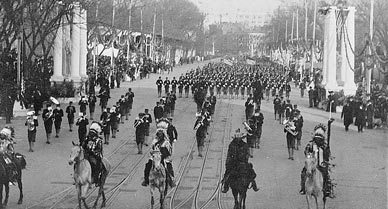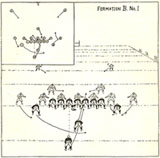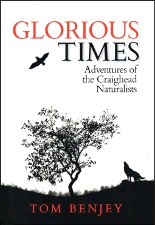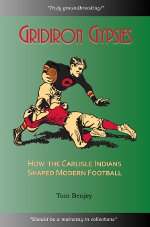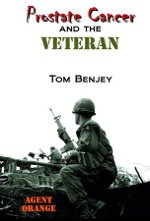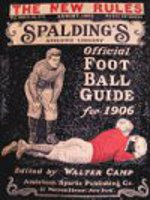
It is well known that Albert Exendine’s father, Jasper, was a marshal for Hanging Judge Parker. Less well known is that Jasper adopted Frank Eaton Jr. after he was orphaned by six Regulators, former Quantrill Raiders, who murdered his father in cold blood when Frank Jr. was eight years old. The year was 1868 and Mose Beaman, his father’s friend, said to Frank, “My boy, may an old man’s curse rest upon you, if you do not try to avenge your father.” Eaton learned to mold bullets and to shoot accurately. When he was 12 or 15, stories vary, he went to Ft. Gibson, OK to learn more about handling a gun from the cavalry men stationed there. He entered a shooting competition with the best marksmen at the fort and won. The post commander, Colonel Copinger, dubbed him “Pistol Pete,” a moniker he would carry for the rest of his life. He became a deputy marshal for Judge Parker and went after his father’s killers. He shot five of them but someone beat him to the sixth, apparently after catching him cheating at cards.
Pistol Pete was reputed to pack the fastest guns in Indian Territory and to have 15 notches on his gun by the end of his career as a lawman that covered most of his life. Part of his eccentric attire was a cross he hung around his neck that he claimed was given to him by a girlfriend and was given credit for saving his life by deflecting a bullet. Of it he said, “I’d rather have the prayers of a good woman in a fight than half a dozen hot guns: she’s talking to Headquarters.”
In 1923 Oklahoma A&M (today’s Oklahoma State) students wanted a new mascot to replace the tiger that had been borrowed from Princeton. When asked if he would model, he agreed. The Pistol Pete mascot has been associated with Oklahoma State ever since. Pistol Pete himself attended many functions over a 30-year period signing autographs, posing for photographs, and telling tales about the Old West as long as people would listen. He was in and out of Stillwater when his adopted brother, Albert Exendine, coached the football team from 1930-35. One can imagine what their relationship must have been like.

Frank Eaton Jr.

